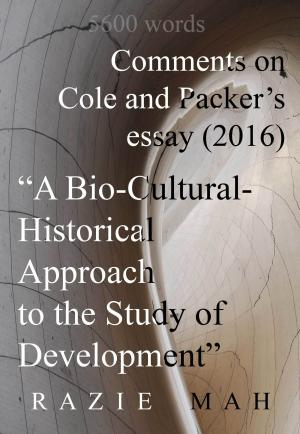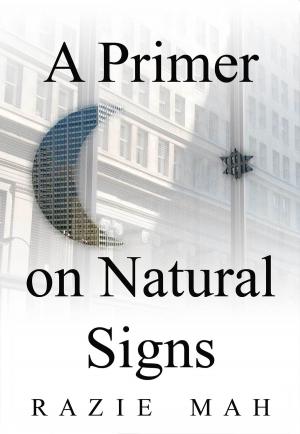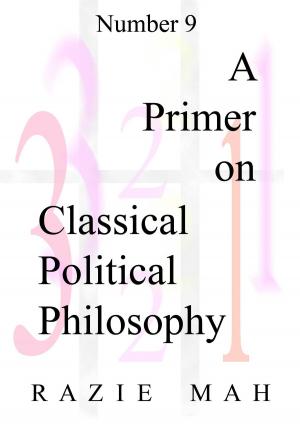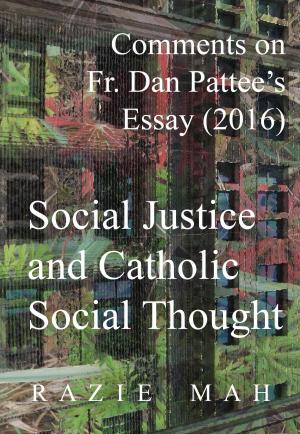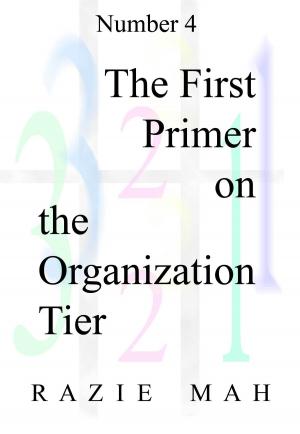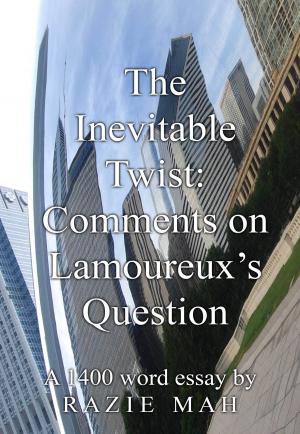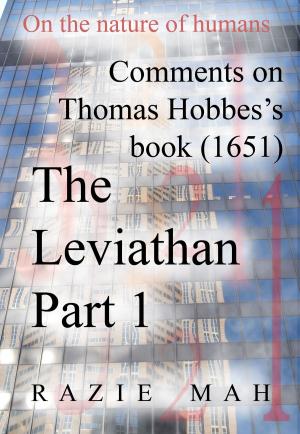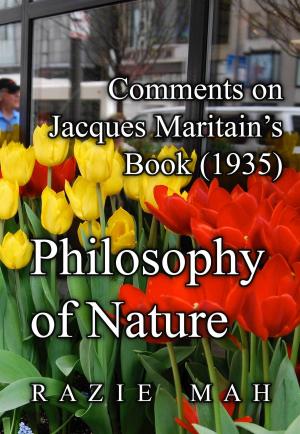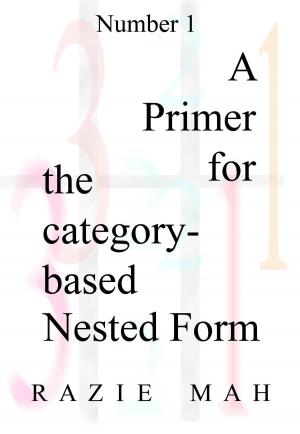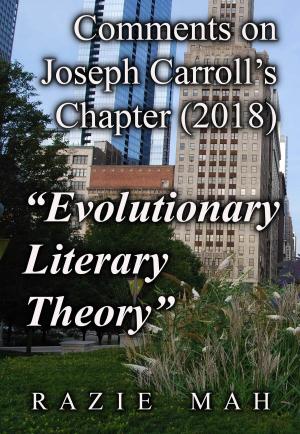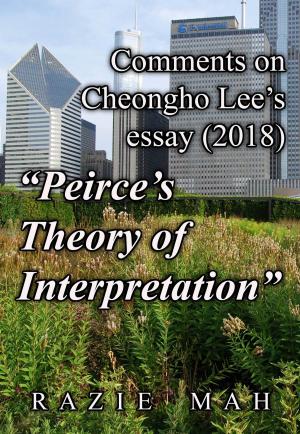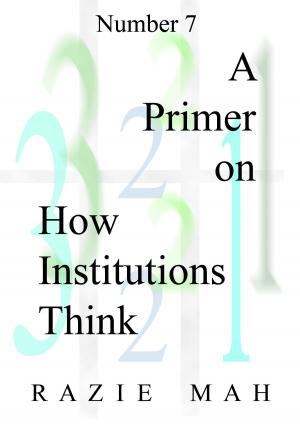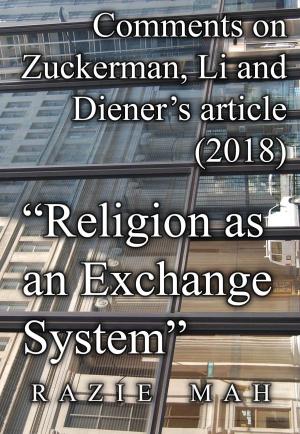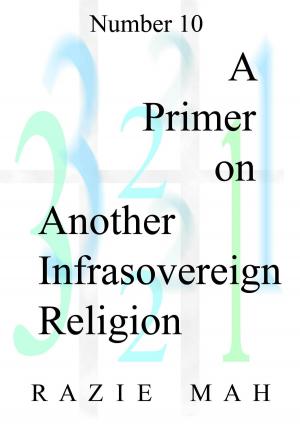Comments on Giovanni Maddalena's Essay (2017) "Jung and Peirce"
Nonfiction, Health & Well Being, Psychology, Psychotherapy, Religion & Spirituality, Philosophy| Author: | Razie Mah | ISBN: | 9781942824602 |
| Publisher: | Razie Mah | Publication: | March 3, 2019 |
| Imprint: | Smashwords Edition | Language: | English |
| Author: | Razie Mah |
| ISBN: | 9781942824602 |
| Publisher: | Razie Mah |
| Publication: | March 3, 2019 |
| Imprint: | Smashwords Edition |
| Language: | English |
Giovanni Maddelena, at the University of Molise, publishes an article in the European Journal of Pragmatism and American Philosophy in June, 2017. The title is "Jung and Peirce: Towards a Psychosynthesis".
Charles Peirce, the founder of postmodern semiotics, writes around the same time as Sigmund Freud, the founder of modern psychoanalysis. The two traditions develop independently. Early encounters between the two are similar to questions about academic turf, more than anything else. However, over time, with Jung enriching Freud's paradigm with the concept of the self, and with Peirce's tradition visualizing psychosynthetic expression (as "gestures"), a complementarity between the two traditions arises.
What do Jung's mandalas and Peirce's existential graphs have in common?
Why does Jung's use of the word "self" seem strangely ambiguous, as if it is a case of double vision?
Why is Peirce's tradition so valuable in comprehending Jung's concept of the Self?
These questions are addressed in these comments.
Giovanni Maddelena, at the University of Molise, publishes an article in the European Journal of Pragmatism and American Philosophy in June, 2017. The title is "Jung and Peirce: Towards a Psychosynthesis".
Charles Peirce, the founder of postmodern semiotics, writes around the same time as Sigmund Freud, the founder of modern psychoanalysis. The two traditions develop independently. Early encounters between the two are similar to questions about academic turf, more than anything else. However, over time, with Jung enriching Freud's paradigm with the concept of the self, and with Peirce's tradition visualizing psychosynthetic expression (as "gestures"), a complementarity between the two traditions arises.
What do Jung's mandalas and Peirce's existential graphs have in common?
Why does Jung's use of the word "self" seem strangely ambiguous, as if it is a case of double vision?
Why is Peirce's tradition so valuable in comprehending Jung's concept of the Self?
These questions are addressed in these comments.

